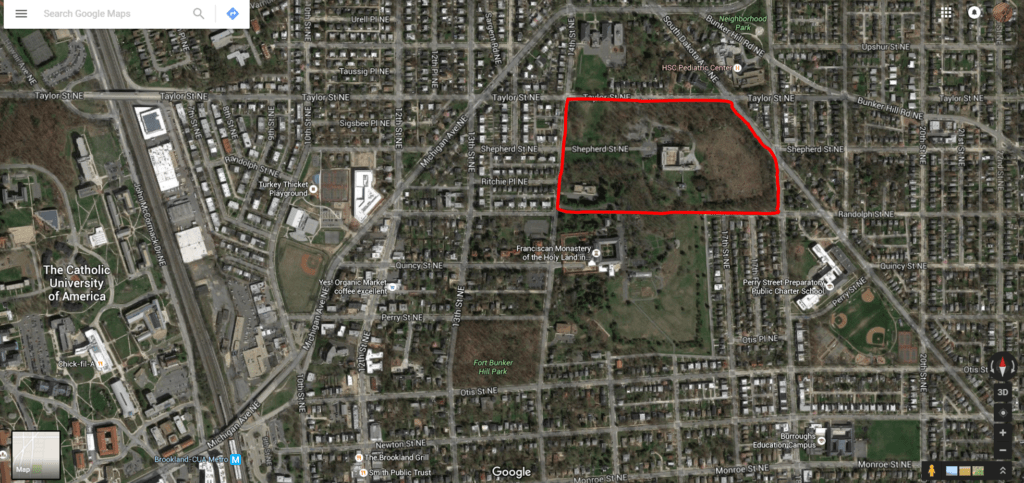Top Story
Date: June 12-17 2016
Location: Howard University East Campus
Sponsor: Howard University
Subject Area: University and Neighborhood Development
Panel Chair: Dick Reynolds, President of The Reynolds Group, Boston, MA
For the panel report, please visit ULI’s Knowledge Finder
Background and Panel Assignment
The East Campus of Howard University, located in the northeast of Washington, D.C., originally housed the School of Divinity of Howard University. In recent years, the University explored the opportunity to further develop the area’s potential. Two key goals with this development are to maintain key academic programs on-site as well as create a lifelong learning environment by providing a diverse selection of housing options, including workforce, senior housing, and affordable units. Other goals include connecting residents to the main campus, preserving historic buildings and open space, and respecting existing surrounding communities. The ULI panel was asked to answer questions regarding the market potential, development strategies, planning and design, and implementation of recommendations for the area.
Summary of Recommendations
With consideration for the thoughts and opinions of various institutional and community stakeholders, the panel assembled several recommendations for navigating the potential development of Howard University’s East Campus.
A summary of those recommendations follows:
- Future use of the site should include active Howard academic programs and supporting activities.
- Mays Hall, the main building on the East Campus, should be appropriately renovated and used for Howard’s programmatic activities.
- Supporting uses might include faculty or graduate student housing on site.
- The site provides an appropriate place for single-family residential.
- Other residential uses might include senior housing; further analysis would be appropriate to determine the range of such use from independent living to assisted living.
- The overall plan for the site must include significant retention of the site’s existing landscape, not only for ecological reasons but also to provide appropriate screening of views both internally and from the surrounding neighborhoods.
- The process should be transparent with significant and regular community and public sector involvement. Area residents will be invaluable in reaching a long-term plan that speaks to Howard’s interests as landowner and to the resident’s interests as neighbors.
